Best Fintech Marketing Campaigns
Contributors:
Subhashini Sakthivelu
Published: December 4, 2024
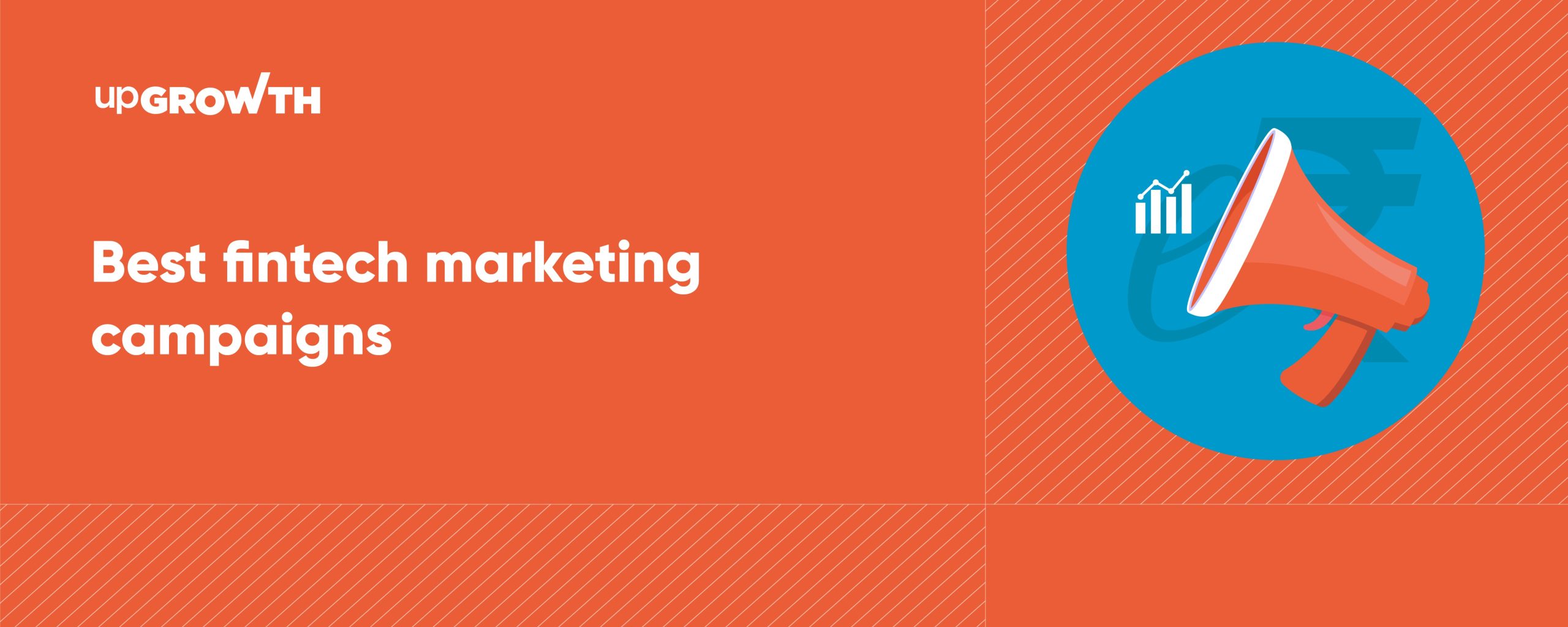
Summary
FinTech companies are transforming the marketing landscape with innovative campaigns that focus on relatability, transparency, and engagement. Standout examples include Wealthsimple’s educational content, Klarna’s celebrity-driven ads, and Cash App’s gamified “Cash App Fridays.” Campaigns like Revolut’s focus on user control and Robinhood’s inclusive “We Are All Investors” emphasize user empowerment. Successful strategies include influencer partnerships, authentic storytelling, gamification, and transparency, making financial services more approachable and fostering lasting customer relationships.
In the rapidly evolving world of financial technology (fintech), effective marketing is crucial for distinguishing brands in a crowded marketplace. With the rise of digital banking, investment apps, and innovative payment solutions, fintech companies leverage creative marketing strategies to connect with their audience.
This blog will explore some of the best fintech marketing campaigns, highlighting their unique approaches, effectiveness, and the lessons they offer for future digital marketing campaigns.
What are Fintech Marketing Campaigns?
- Unlike traditional financial institutions that often rely on conservative messaging, fintech companies typically adopt a more engaging and relatable approach.
- They seek to demystify financial products, making them accessible to a broader audience.
What are the Key Elements of Successful Fintech Marketing Campaigns
- Relatability: Campaigns that resonate with consumers often incorporate real-life scenarios and relatable messaging.
- Transparency: In an industry often criticised for hidden fees and complex terms, clarity and honesty are vital.
- Engagement: Utilizing interactive content and gamification keeps users engaged and encourages them to share their experiences.
- Education: Providing useful information helps build trust and positions the brand as a knowledgeable resource.
What are the Best Fintech Marketing Campaigns
Wealthsimple: Content Marketing Excellence
Wealthsimple, a Canadian investment management service, has effectively utilised content marketing to simplify complex financial concepts. Their Wealthsimple Magazine features articles on various financial topics, making investment accessible to everyday people. The campaign includes engaging series like “Ask Lizzy” and “Finance for Humans,” which demystify finances and offer relatable advice.
Why It Works: Wealthsimple’s commitment to education and relatability has positioned it as a trusted resource in the fintech space. This approach not only drives engagement but also fosters customer loyalty.
Klarna: The Shopping Revolution
Klarna, known for its “buy now, pay later” model, has executed eye-catching campaigns featuring celebrities like Snoop Dogg. Their “Get What You Love” campaign uses humour and vibrant visuals to appeal to a younger demographic. By integrating pop culture, Klarna has made the online shopping experience more enjoyable.
Key Takeaway: Leveraging influencer partnerships can significantly expand brand reach and appeal to target audiences on a personal level.
Cash App: Cash App Fridays
Cash App’s innovative “Cash App Fridays” campaign transformed the mundane experience of financial transactions into a social event. Users could participate in cash giveaways every Friday, encouraging them to engage with the app more frequently.
Insights: This campaign highlights the effectiveness of gamification in marketing campaigns. Cash App fosters community and promotes user loyalty by making financial interactions fun fun.
Current: Challenging Traditional Banking
Current, a mobile banking app, launched a campaign questioning the relevance of traditional banks with the tagline, “What Do You Think We Are, A Bank?” This clever critique used humor to highlight the frustrations consumers often feel towards conventional banking practices.
Why It Resonates: By humorously addressing common pain points, Current effectively positions itself as a relatable alternative to traditional banks, making financial services more approachable.
SoFi: Great Loans for Great People
SoFi’s “Great Loans for Great People” campaign focuses on real-life success stories, showcasing how their services have transformed lives. This emotional storytelling approach emphasises the human side of finance, connecting with potential customers on a deeper level.
Takeaway: Authentic storytelling in email marketing campaigns and social media can significantly enhance brand relatability, drawing in customers who seek meaningful connections.
TransferWise (now Wise): Nothing to Hide
TransferWise’s “Nothing to Hide” campaign tackled the issue of hidden fees in international transfers head-on. TransferWise established itself as a trustworthy alternative to traditional banks by promoting transparency and showing clear fee structures.
Key Insight: Transparency in digital marketing campaigns builds trust and credibility, essential elements in the fintech industry, where scepticism is common.
Binance: Influencer Marketing with Cristiano Ronaldo
Binance partnered with soccer superstar Cristiano Ronaldo to elevate its brand visibility. This campaign aimed to shift the perception of NFTs and make them more appealing to the masses.
Strategy: Employing high-profile influencers can amplify brand messaging and attract new audiences, making it a powerful tactic for fintech companies.
Plum: Engaging Social Media Campaigns
Plum, a personal finance app, launched engaging social media video ads featuring real users discussing their financial journeys. This approach showcased the app’s benefits and fostered a sense of community among users.
Best Practice: Encourage user-generated content to enhance authenticity and engagement in your marketing campaign examples.
Revolut: Stay in Control of Your Finances
Revolut’s campaign emphasised user control over finances, highlighting features like budgeting tools and instant notifications. By showcasing the app’s functionalities through interactive ads, Revolut effectively engaged users and drove downloads.
Key Lesson: Highlighting unique app features in email marketing campaigns can drive user interest and conversions.
Robinhood: We Are All Investors
Robinhood’s “We Are All Investors” campaign democratised investing, positioning the app as accessible to everyone. The campaign utilised diverse stories from real users, promoting inclusivity and relatability.
Key Insight: Integrating real-life users into marketing narratives enhances relatability and builds trust, making financial services feel more accessible.
Conclusion
As the fintech landscape continues to evolve, the importance of innovative marketing campaigns cannot be overstated. Successful fintech marketing hinges on relatability, transparency, and the ability to engage consumers meaningfully. By learning from the best fintech marketing campaigns, brands can develop strategies that resonate with their audience and foster long-term loyalty.
Let’s Grow Together! Partner with upGrowth and unlock the strategies that will propel your brand forward. Contact us today for a consultation, and let’s start your journey to success!
FAQs
1. What is a marketing campaign?
A marketing campaign is a coordinated series of promotional activities to achieve specific business goals, such as increasing brand awareness or driving sales. It typically involves multiple channels, including social media, email, and digital advertising.
2. How do you improve email marketing campaigns?
To improve email marketing campaigns, segment your audience for tailored messaging, use compelling subject lines, and ensure clear calls-to-action. Regularly analyse performance metrics to refine strategies based on what resonates with your audience.
3. How to start an email marketing campaign?
Start an email marketing campaign by defining your goals and building an email list through sign-ups and lead magnets. Choose an email marketing platform, create engaging content, and design user-friendly emails before launching and monitoring performance.
4. What makes a fintech marketing campaign successful?
A successful fintech marketing campaign features clear messaging, targeted audience segmentation, educational content, creative engagement, and a multi-channel approach. These elements help build trust and effectively reach potential customers.
5. How do fintech companies identify their target audience?
Fintech companies identify their target audience through market research, analysis of customer data, segmentation based on demographics and behaviours, and feedback gathering to refine their understanding of customer needs and preferences.
6. What are the key elements of a high-converting fintech marketing campaign?
Key elements include a compelling offer, a strong value proposition, effective landing pages with clear calls-to-action, social proof like testimonials, and a follow-up strategy to nurture leads and encourage conversions.
7. Can you highlight a few innovative fintech marketing campaigns and why they stood out?
Wealthsimple’s content marketing simplifies finance for users, while Klarna’s humorous ads featuring Snoop Dogg target a younger audience. Current’s subway campaign critiques traditional banks, resonating with consumer frustrations and enhancing relatability.
8. How can email marketing campaigns drive customer acquisition for fintech brands?
Email marketing drives customer acquisition by nurturing leads with valuable content, sending personalised offers, utilising automated follow-ups, and providing educational resources that build trust and encourage sign-ups.
9. What are some examples of creative email marketing in the fintech space?
SoFi shares user success stories to create emotional connections, Nubank offers personalised financial tips, and Robinhood educates users on investing basics. These approaches enhance engagement and drive conversions through relatable content.
About the Author
Copywriter
Subhashini Sakthivelu is a copywriter at upGrowth, where she plays a pivotal role in leading and executing impactful marketing projects. With a background in various marketing positions at prominent companies, Subhashini brings a wealth of expertise in crafting compelling content that drives engagement. Her strategic thinking and creativity have contributed significantly to uG’s successful campaigns.
 Growth Strategy and Planning
Growth Strategy and Planning Inbound Growth
Inbound Growth Growth Hacking
Growth Hacking Search Engine Optimization
Search Engine Optimization Paid and Performance Marketing
Paid and Performance Marketing Social Media Marketing
Social Media Marketing AI-Driven Growth Strategy
AI-Driven Growth Strategy
 Growth Tools
Growth Tools Offers
Offers








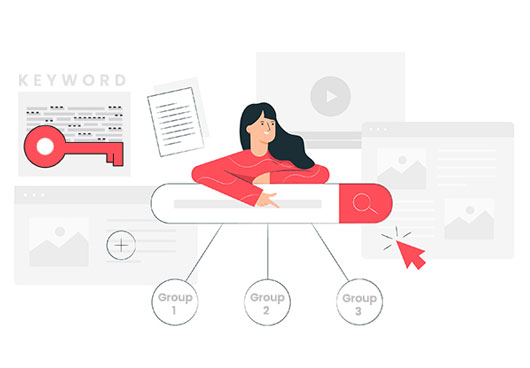
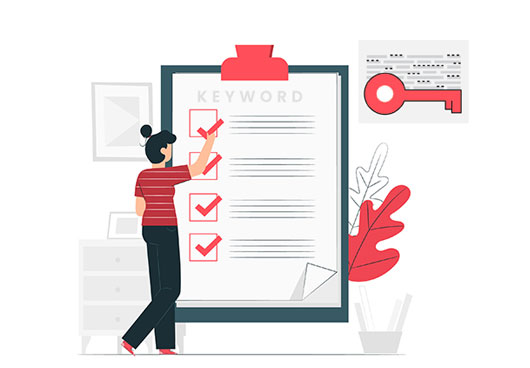


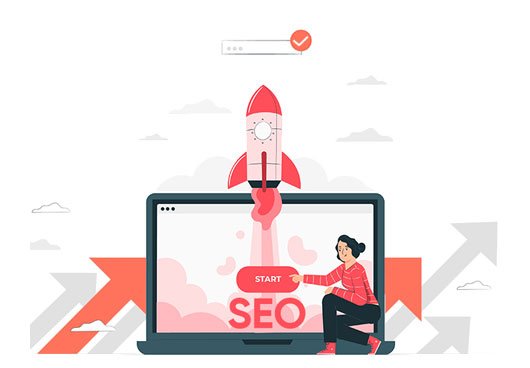
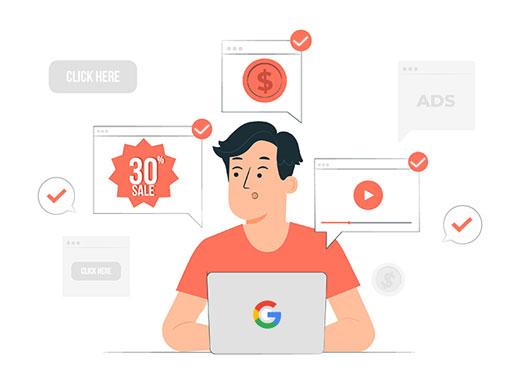
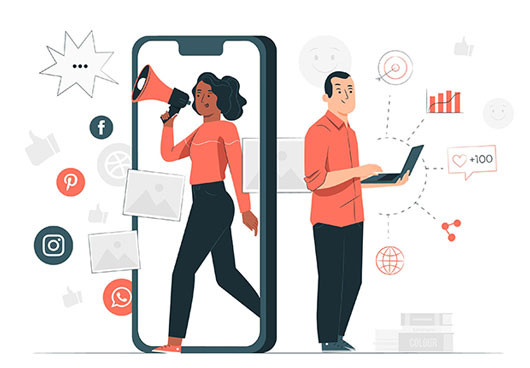



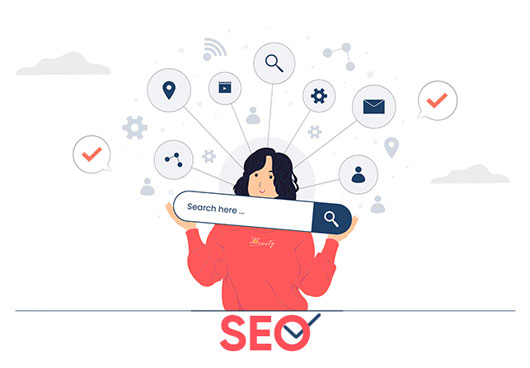


Leave a Reply